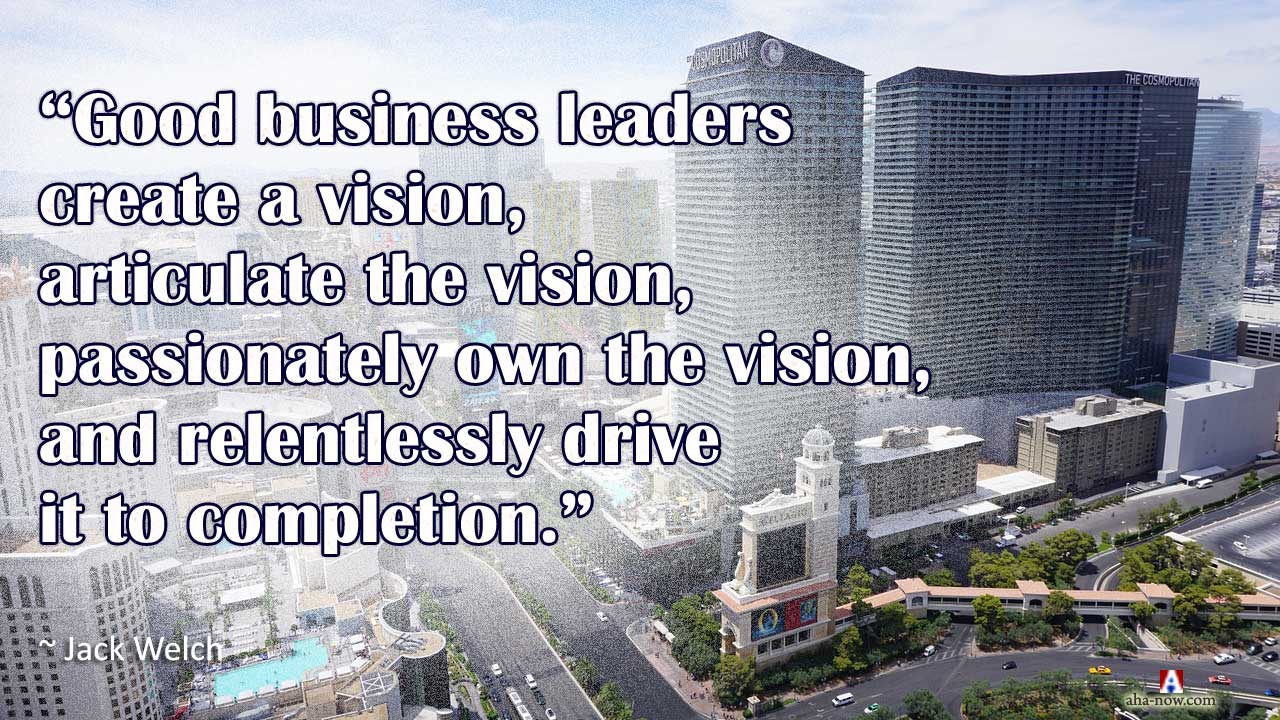By Remez Sasson
What are affirmations?
They are positive statements that describe a desired situation or goal, and are often repeated, until they get impressed on the subconscious mind.
This process, causes the subconscious mind to to strive and to work on your behalf, to make the positive statement come true.
When you know how to use affirmations, you get a great tool for achieving success and for improving your life.
Most people repeat in their minds negative words and statements concerning the situations and events in their lives, and consequently, create undesirable situations. Words work at both ways, to build or destroy. It is the way we use them that determines whether they are going to bring good or harmful results.
Your subconscious mind accepts as true what you keep saying. It attracts corresponding events and situations into your life. So why not choose only positive statements, in order to get positive results?
Imagine that you are swimming with your friends in a swimming pool.
They swim fifteen rounds, something you have never done before, and since you want to win their respect, you want to show them that you can make it too.
You start swimming, and at the same time keep repeating in your mind, "I can do it, I can do it...". You keep thinking and believing that you are going to complete the fifteen rounds.
What are you actually doing? You are repeating positive affirmations.
In a different situation, you might find yourself repeating, "I cannot do this", "It's too big for me", "It is not going to work out", and consequently, lose ambition, motivation and faith, and actually bring about what you said to yourself.
It would be a good idea to pay attention to the words you repeat in your mind, to discover whether you are using negative statements, such as:
- I cannot do this.
- I am too lazy.
- I lack inner strength.
- I am going to fail.
If you discover that these, or similar words, run through your mind, you should do something to change them.
Your words and thoughts program the mind in the same way that commands and scripts program a computer.
Repeated positive statements help you focus your mind on your aim. They also create corresponding mental images in the conscious mind, which affect the subconscious mind accordingly. In this way, you program your subconscious in accordance with your will. This process is similar to the way creative visualization works.
The conscious mind, the mind you think with, starts this process, and then the subconscious mind takes charge.
By using this process consciously and intently, you influence your subconscious mind, and in turn, it transforms your habits, behavior, attitude, and reactions, and even reshape your external life.
You might, how long it takes to get results. Things might happen immediately, in a few hours, in a few days, or take weeks or longer. This depends on your focus, faith, strength of desire, the feelings you put into the words, and on how big or small is your goal is.
It is important to understand that repeating positive affirmations for a few minutes, and then thinking negatively the rest of the day, neutralizes the effects of the positive words. If you want to get positive results you have to refuse to think negative thoughts.
How to Repeat Affirmations
- Choose affirmations that are not too long.
- Repeat them every time your mind is not engaged in something important, such as while traveling in a bus or a train, waiting in line, walking, etc., but do not affirm while driving or crossing a street. You may also repeat them in special sessions of 5-10 minutes each, several times a day.
- Be as relaxed as you can.
- Pay full attention to the words you are repeating.
- Stronger faith in what you are saying, and more desire and feelings bring faster results.
- Preferably, choose positive words with no negative connotations. If you want to lose weight, don't use words such as, "I am not fat", or "I am losing weight." These are negative statements, bringing into the mind mental images of what you do not want. Repeat instead,"I am getting slim", or "I have my ideal weight". Such words build positive images in your mind.
- Affirm, using the present tense, not the future tense. Saying, "I will be rich", means that you intend to be rich one day, in the indefinite future, but not now. It is more effective to say, and also feel, "I am rich now", and the subconscious mind will work at overtime to make this happen now, in the present.
- By stating what you want to be true in your life, you mentally and emotionally see and feel it as true, irrespective of your current circumstances, and thereby attract it into your life.
Positive Affirmations
- I am healthy and happy.
- Wealth is pouring into my life.
- I am sailing on the river of wealth.
- I am getting wealthier each day.
- My body is healthy and functioning in a very good way.
- I have a lot of energy.
- I study and comprehend fast.
- My mind is calm.
- I am calm and relaxed in every situation.
- My thoughts are under my control.
- I radiate love and happiness.
- I am surrounded by love.
- I have the perfect job for me.
- I am living in the house of my dreams.
- I have good and loving relations with my wife/husband.
- I have a wonderful and satisfying job.
- I have the means to travel abroad, whenever I want to.
- I am successful in whatever I do.
- Everything is getting better every day.
Did you like the article? Please tell your friends about it.






















